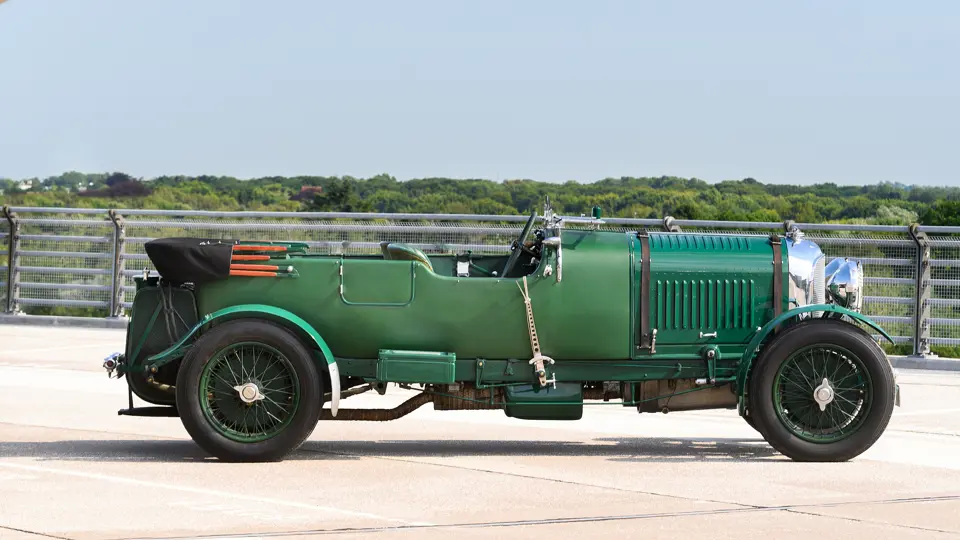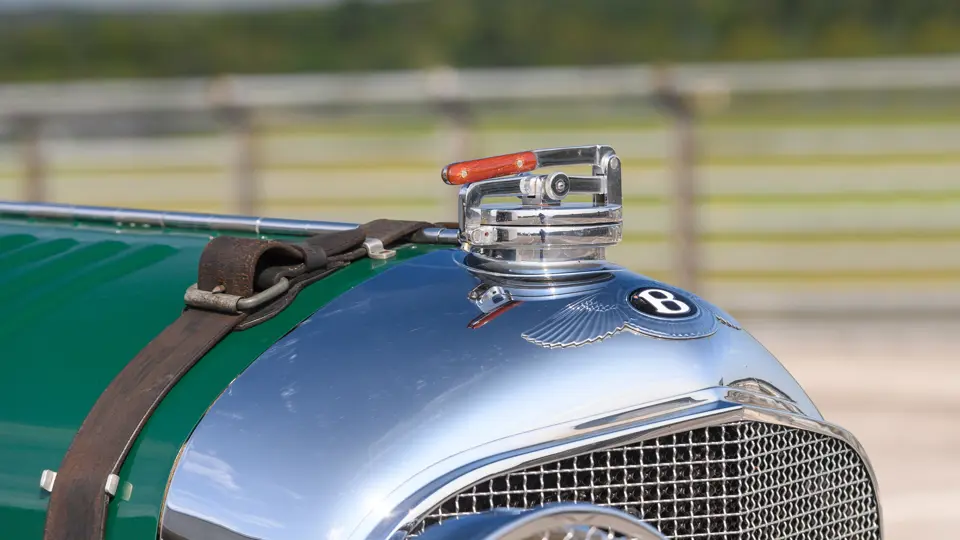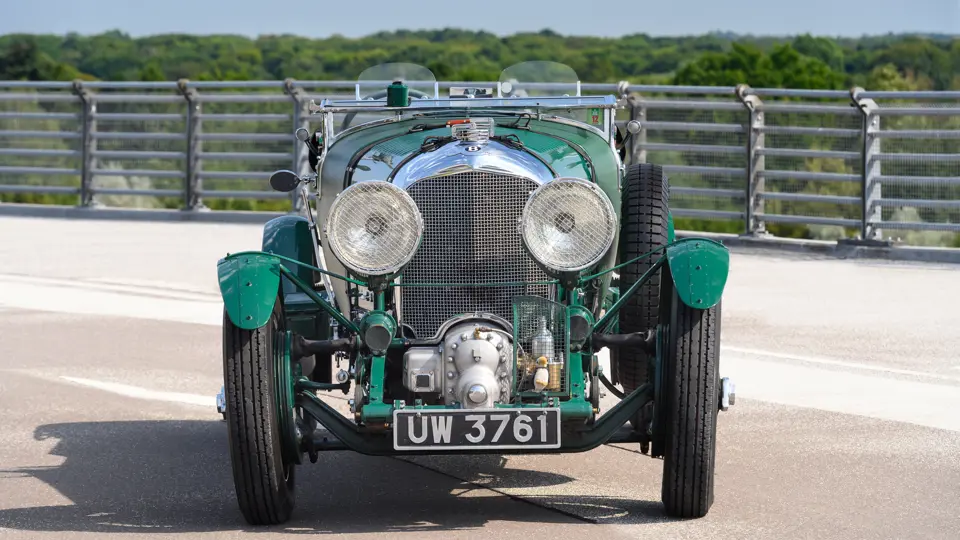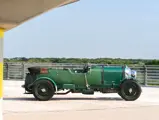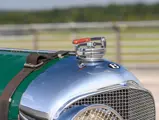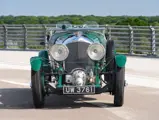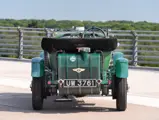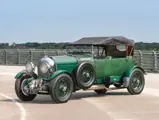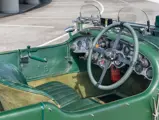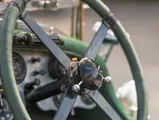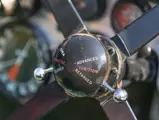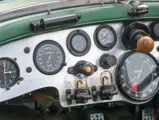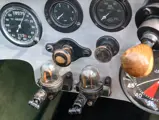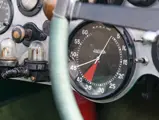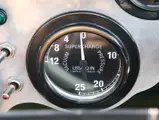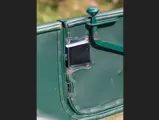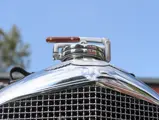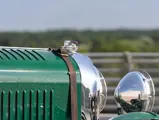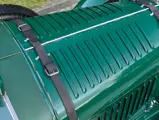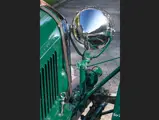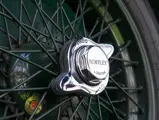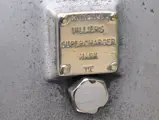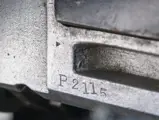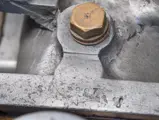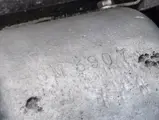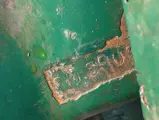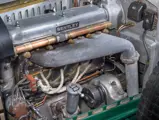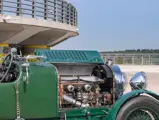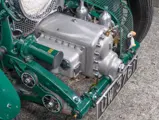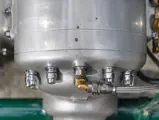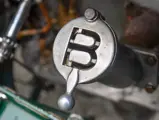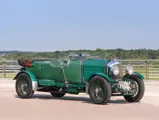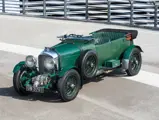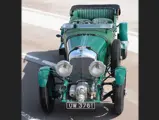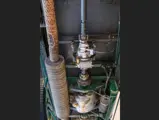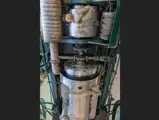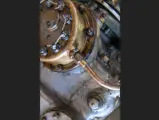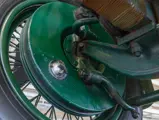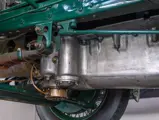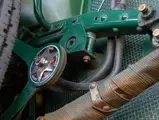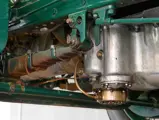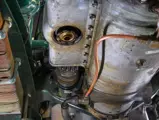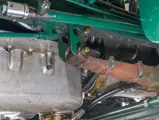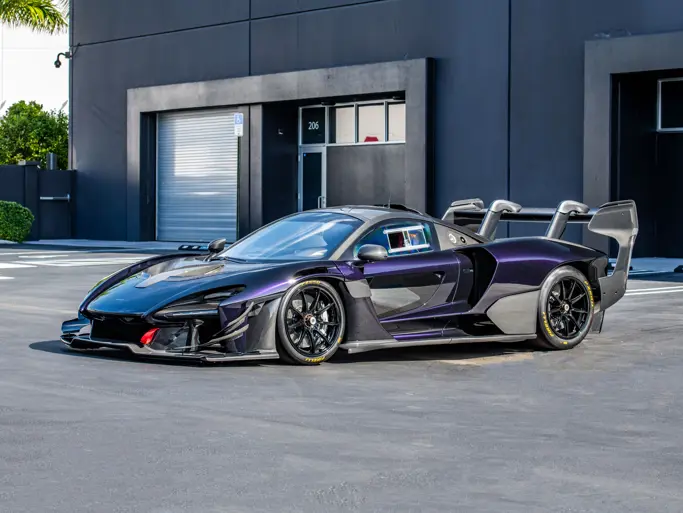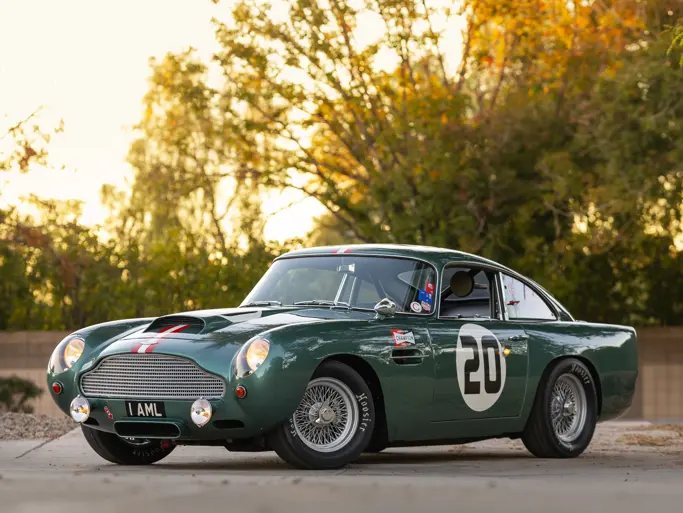
1929 Bentley 4½-Litre Supercharged Tourer by Vanden Plas
{{lr.item.text}}
£3,800,000 - £4,200,000 GBP | Not Sold
{{bidding.lot.reserveStatusFormatted}}
- The first production example of the famous 4 ½-Litre Supercharged Tourer by Bentley, and the sole example completed in 1929
- One of 50 “Blower” Bentleys built as homologation cars
- Shown on Bentley’s exhibition stand at the 1929 Olympia Motor Show
- Ex-works demonstration car and road tested by The Motor magazine
- Accompanied by a 2012 inspection from Bentley marque expert, Clare Hay
- Eligible for concours and vintage events around the world
Considering the impact that the so-called “Blower Bentley” had on automotive engineering in the 1920s and forever since, it is curious that the great W. O. Bentley allegedly disapproved of the innovative supercharger technology of the 4 ½-Litre car. The leader of the English marque was against the concept of supercharging that engine—on the grounds that it could harm the car’s handling and reliability—and it fell to Henry “Tim” Birkin, one of the famous “Bentley Boys”, to turn the idea into reality. The result was a machine that set lap records, characterise the classic Bentley spirit, and pave the way for engineering techniques around forced induction, supercharged and turbocharged powertrains for generations of cars to come.
Rewinding the clock, Bentley would build its legend in endurance racing, particularly in Le Mans, the fabled 24-hour race in France. The first running of the event was held in 1923, and Bentley entered with a 3.0-Litre Sport, driven as a private entry by Captain John Duff and Frank Clement, who recorded 112 laps. The Bentley was one of few non-French cars in the first race and set the fastest lap at 66.69 mph. This glimpse of success enticed W. O. Bentley to back the pair, who returned to Le Mans to clinch overall victory the following year. A Bentley works team won again in 1927, while the standard 4 ½-Litre claimed its maiden win in 1928, and this was the model from which the “Blower Bentley” would be based. The 4 ½-Litre was made even faster as it became Supercharged, using early forced induction and supercharger engineering to push the air and fuel mixture into the engine at a faster rate for greater performance and speed.
By this point, however, the company was suffering financially. The millionaire Bentley Boy and works driver, Woolf Barnato, supported Tim Birkin in the development of a supercharged 4 ½-Litre car, enlisting supercharging expert Amherst Villiers to design the Blower kit. And while W.O. Bentley disagreed, the precarious finances of the company were supported by Bernato, so the owner could not halt their progress. At the same time, W. O. proceeded with his own plans for a six-cylinder 6.5-litre engine, which would later become the Speed Six. The supercharged 4 ½-Litre car had mixed success, suffering from reliability problems as W.O. Bentley had predicted. Nevertheless, a single-seater version of the car would hold the lap record at Brooklands for two years, and the car’s best competitive result came with Birkin driving to second place at the 1930 French Grand Prix.
THE SUPERCHARGED 4 ½-LITRE CAR AND CHASSIS SM3903
Bentley had to make at least 50 examples of the 4 ½-Litre Supercharged to comply with homologation requirements that satisfied the team’s racing efforts in Le Mans and other events, with this allocation coming in addition to the five competitive cars built for and campaigned by the works team. This example, chassis no. SM3903, would be the first 4 ½-Litre Supercharged production car made by Bentley, and indeed, the only example completed in 1929 (the next examples are not recorded as having been delivered until some six months later). It was shown by Bentley on stand 130 at the Olympia Motor Show in October 1929, wearing bodywork styled and built by the coachbuilder, Vanden Plas.
The Bentley marque expert, Clare Hay, notes in her report that accompanies this car, “Although it is nominally the third production chassis, SM3903 was the first chassis to be finished and is as near to a Blower prototype as there ever was.” As the first production version of the car, the model would also be used as a demonstrator for road tests by contemporary automotive publications. This exact car is pictured in road tests by the magazine The Motor, which gave the 4 ½-Litre Supercharged Touring positive reviews. More than 60 years later, this same car appeared on the cover of the British collector car magazine, Popular Classics, July 1994 edition.
Clare Hay also notes that this car was the only production Blower to be fitted with standard 4 ½-Litre light pattern strut gear, with the other 49 examples equipped with the heavy pattern bolted strut gear, and it is distinguishable as a Blower compared to standard thanks to the four quarter-inch holes to the nearside chassis side rail, near the engine compartment. Transmission is operated with a single-plate Bentley clutch, using the “D-type” close-ratio gearbox.
The original engine in the Service Record is SM3907, though this was not the first engine the car drove under as Bentley borrowed a racing engine to ensure it was ready for the Olympia Motor Show. The engine number is listed as SM3902 at the date of registration (21 October 1929) but changed to SM3903 one month later, while the engine number listed in the service record is SM3907. It is believed that for a number of years, the car was fitted with FS3605, an engine from a heavy-crank 4 ½-Litre car. After its appearance at the motor show, it is understood that the body first fitted to the car was replaced by a standard Vanden Plas four-seater configuration, pictured when the car appeared in the road test by The Motor in 1930. The original body is still thought to exist—possibly with another chassis—while in later life, chassis no. SM3903 would be rebodied with a Vanden Plas-style four-seat replica.
In the early 1930s, Bentley continued to settle their arrears amid financial difficulties. As a result, in November 1931, chassis no. SM3903 was sold to Jack Barclay and Jack Olding, the former of which bearing the name of a Bentley dealership that still operates in London today. The car had a small number of other pre-war owners, including one who entered the car into the Syston Inter-Varsity Speed Trial in March 1935, then entries into the Service Record stop when Rolls-Royce were known to shut down Bentley’s Service Department.
In more modern times, the car is recorded to have travelled around the world in countries including Australia, Switzerland and the UK. The car is thought to have been reunited with the engine listed on its Service Record (SM3907) in the 1980s.




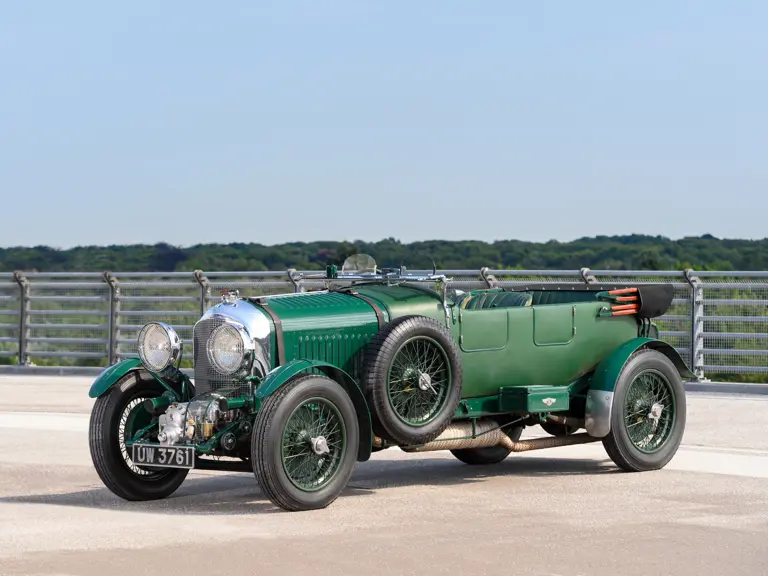


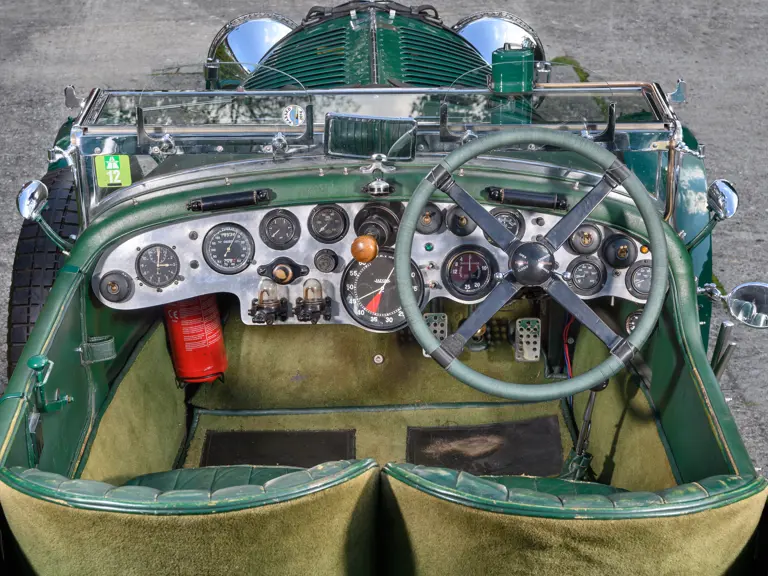
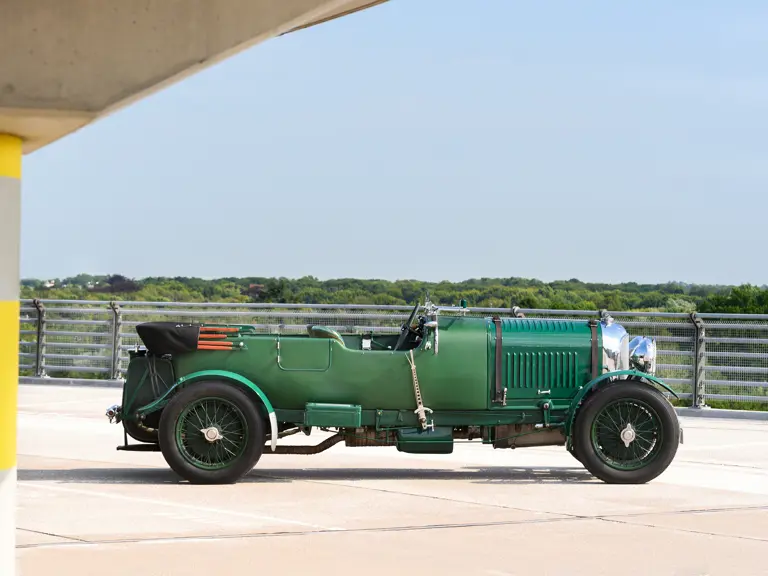
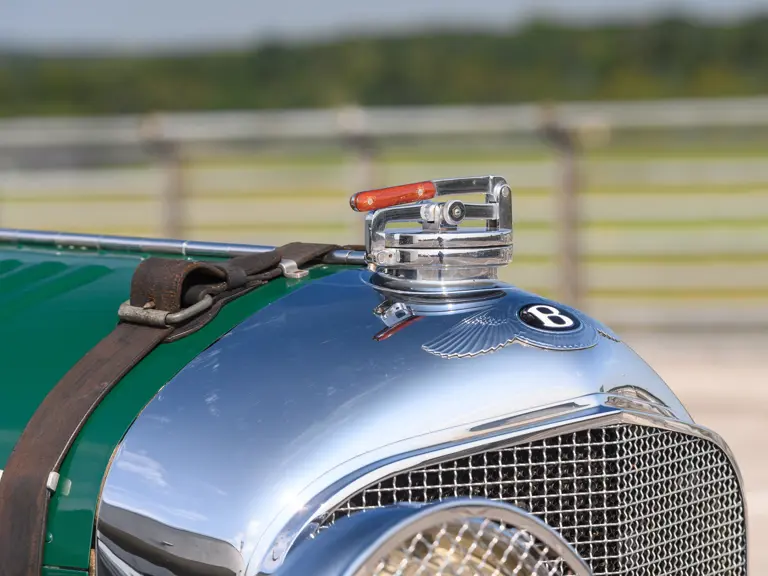
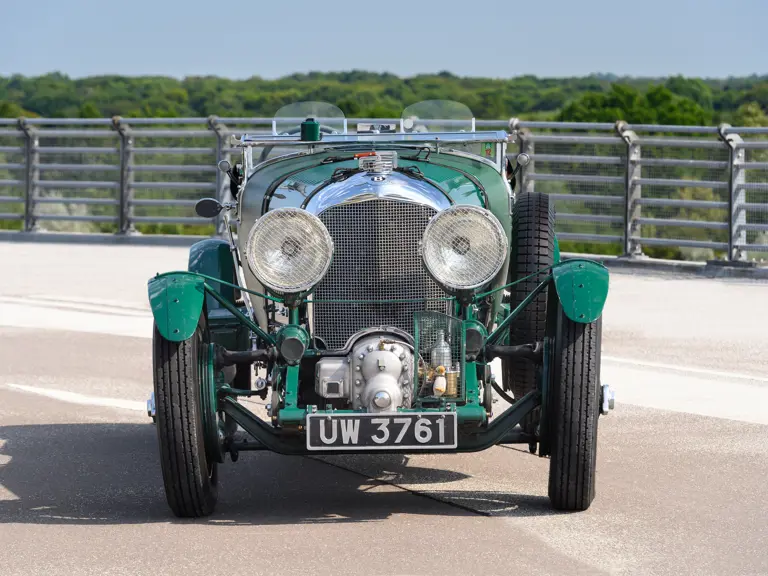

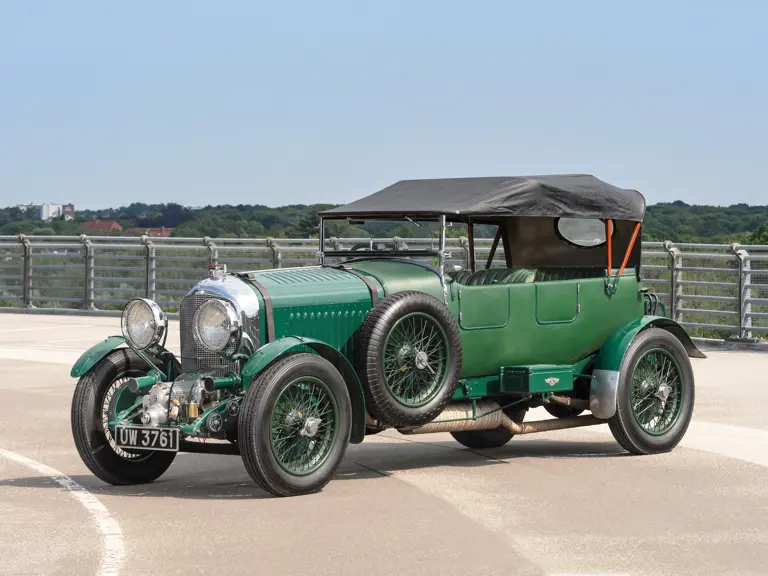

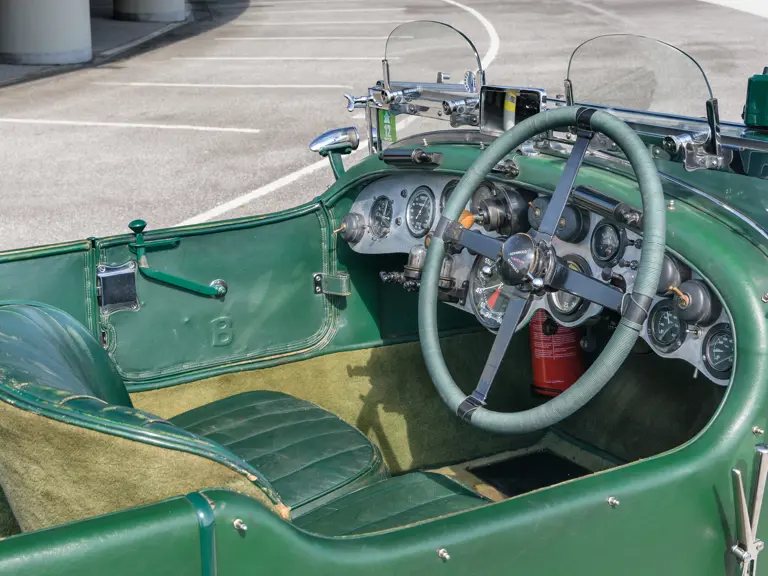
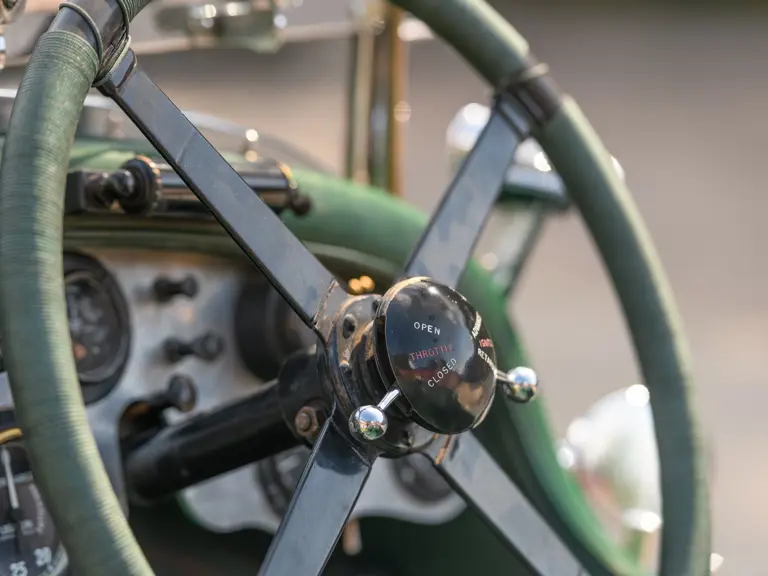
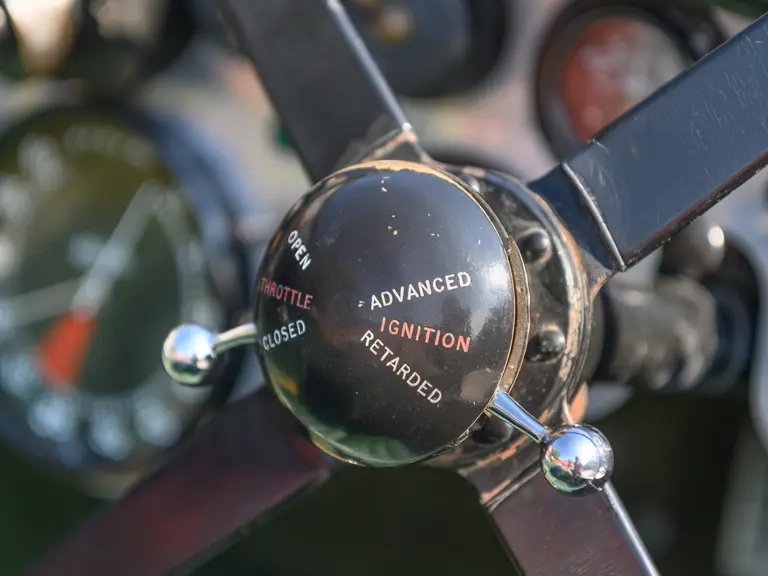

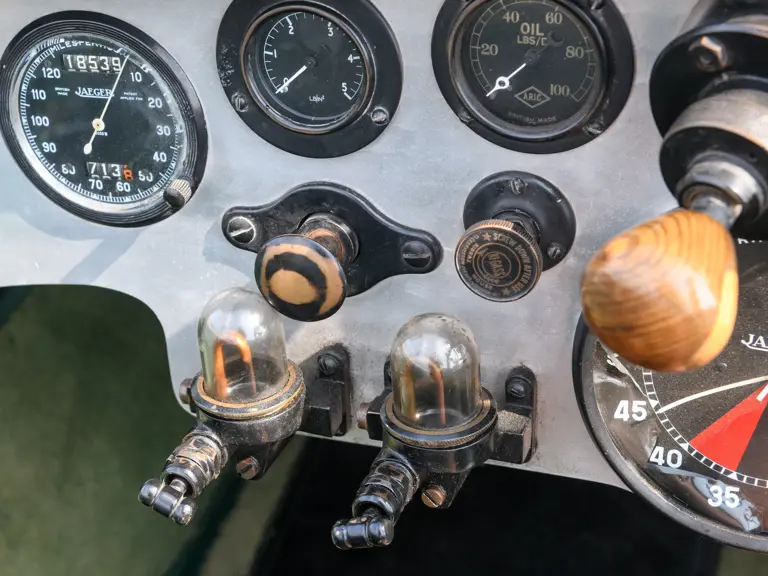
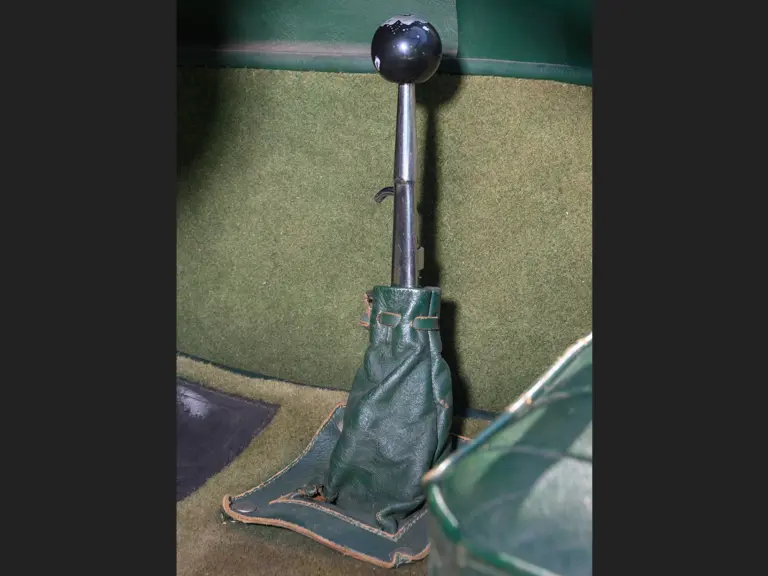

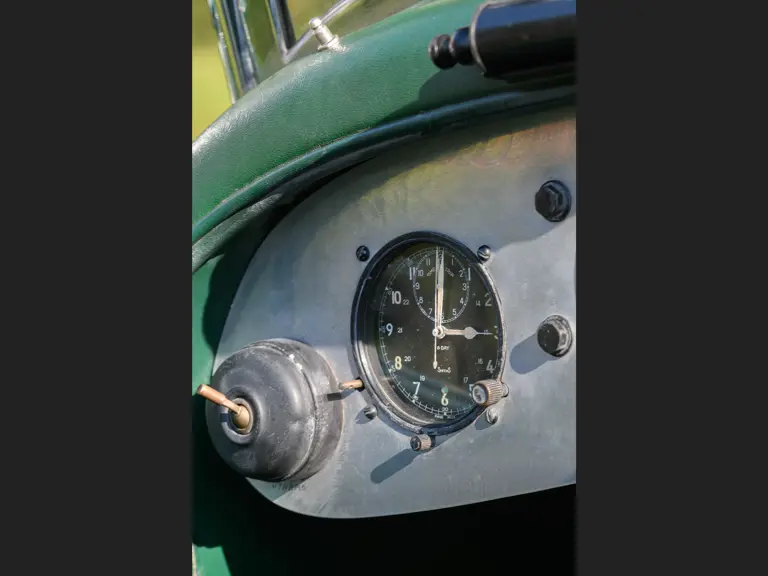


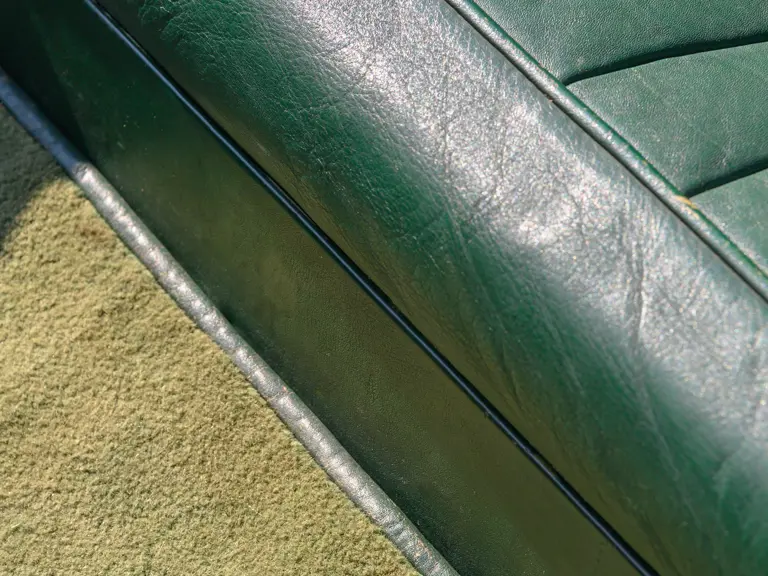
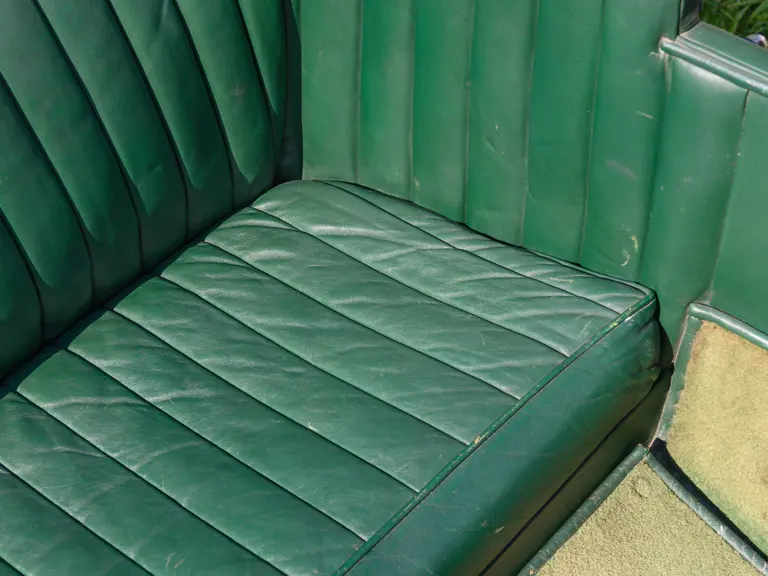
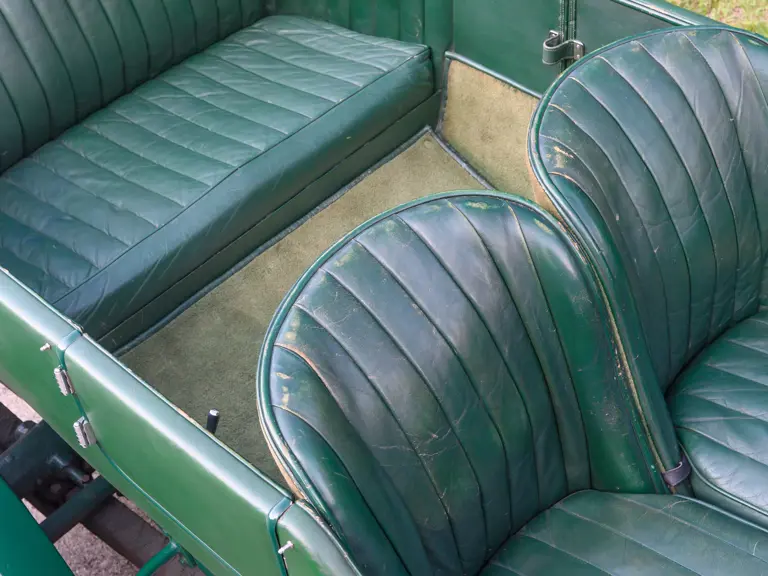


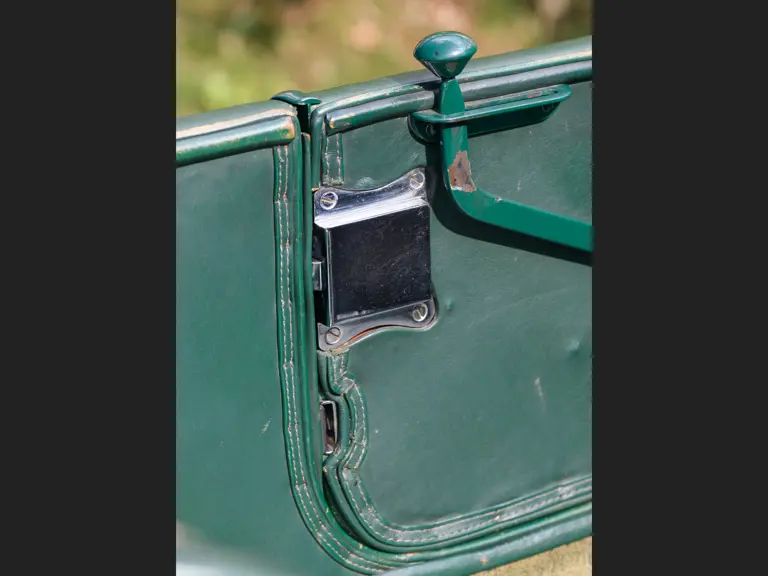
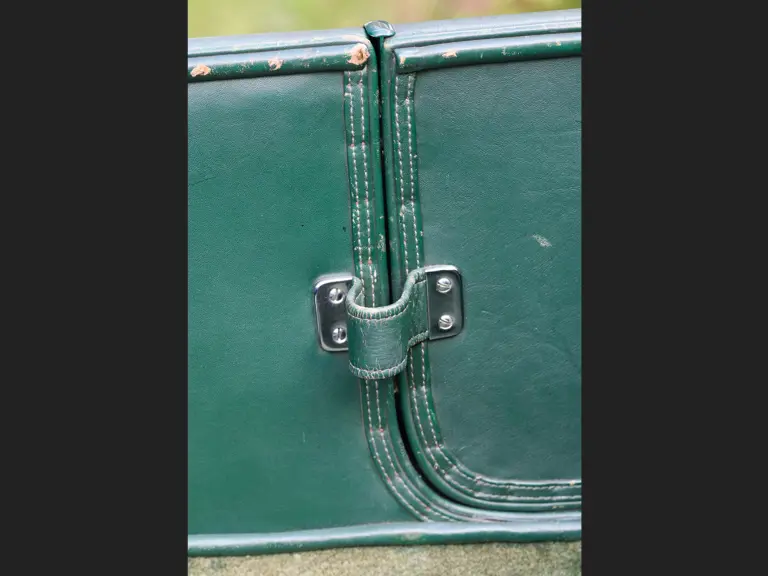
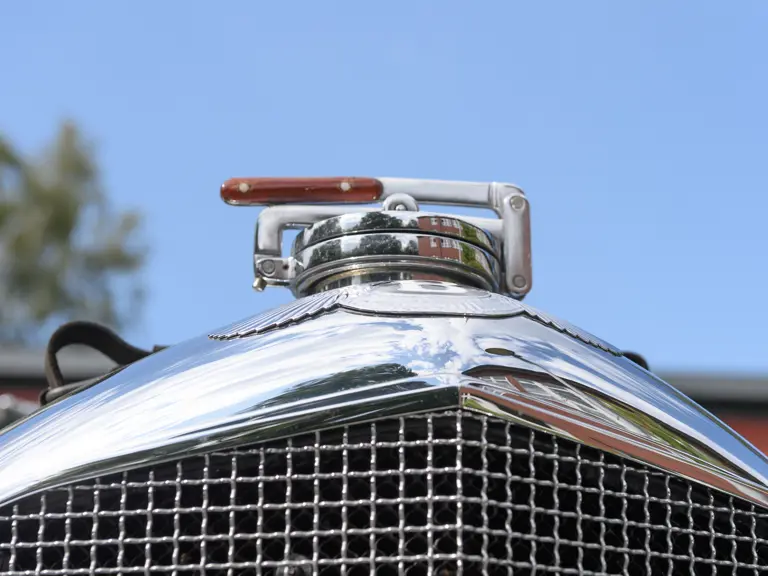
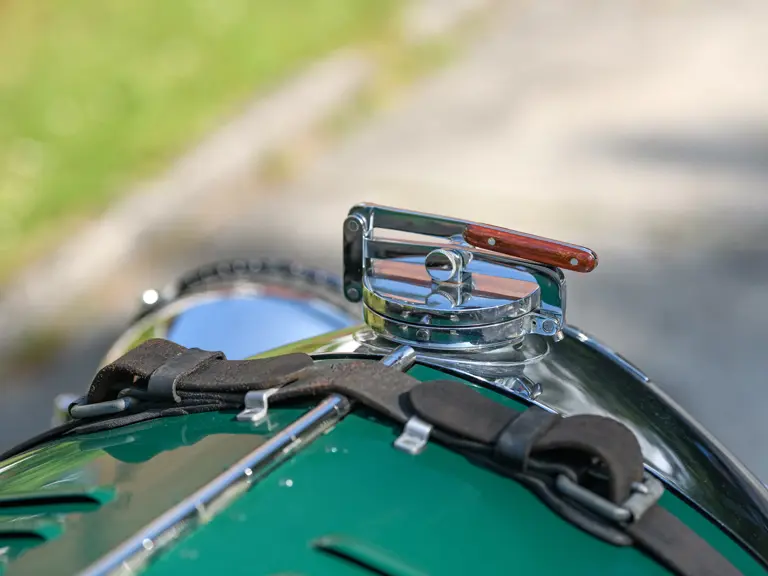
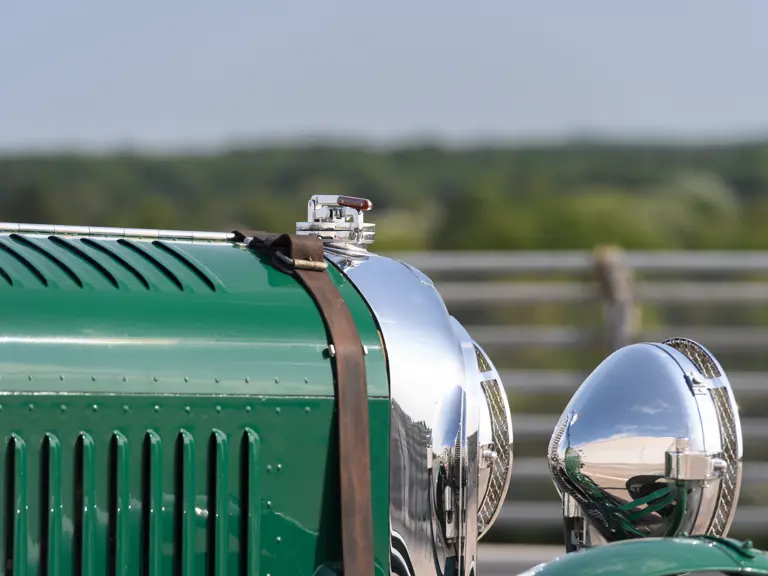
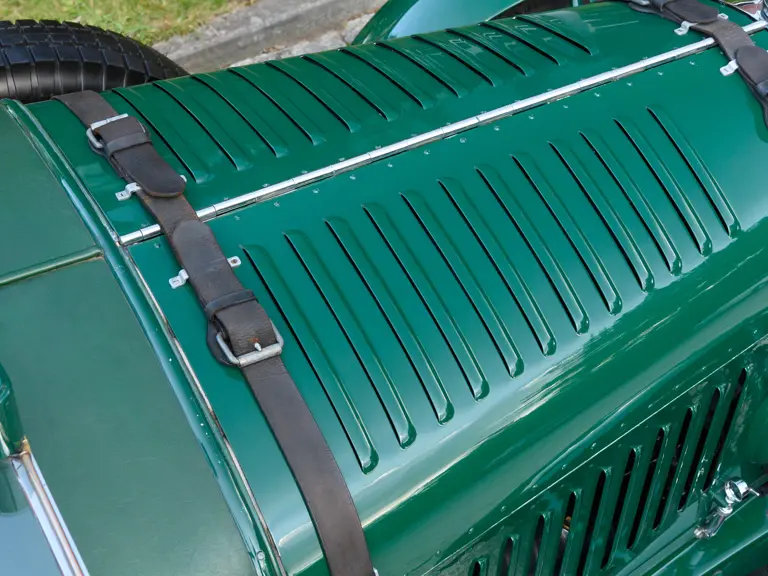
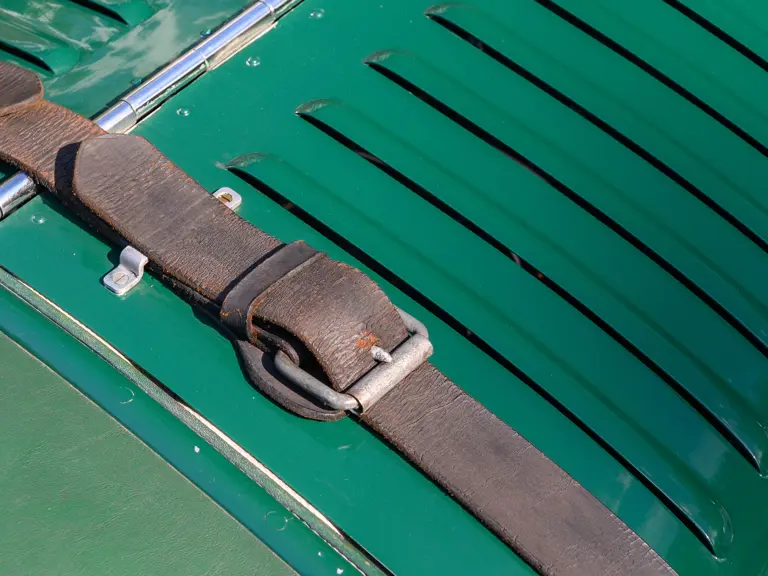

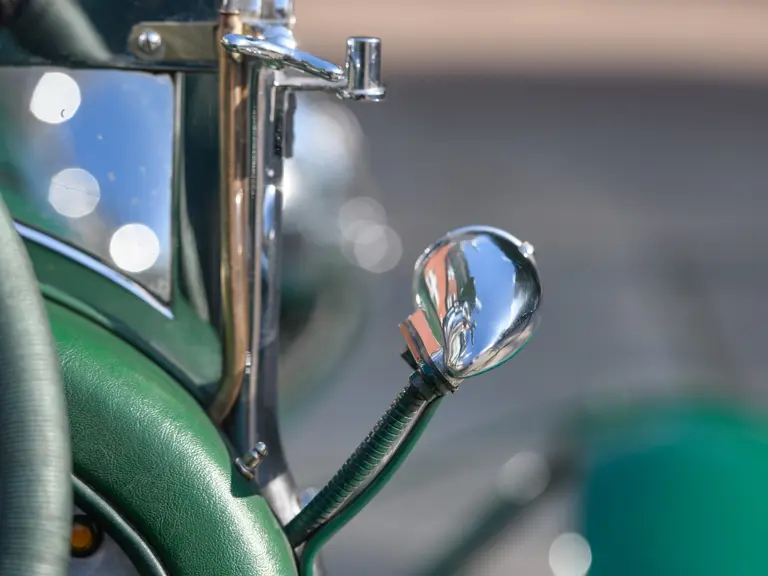
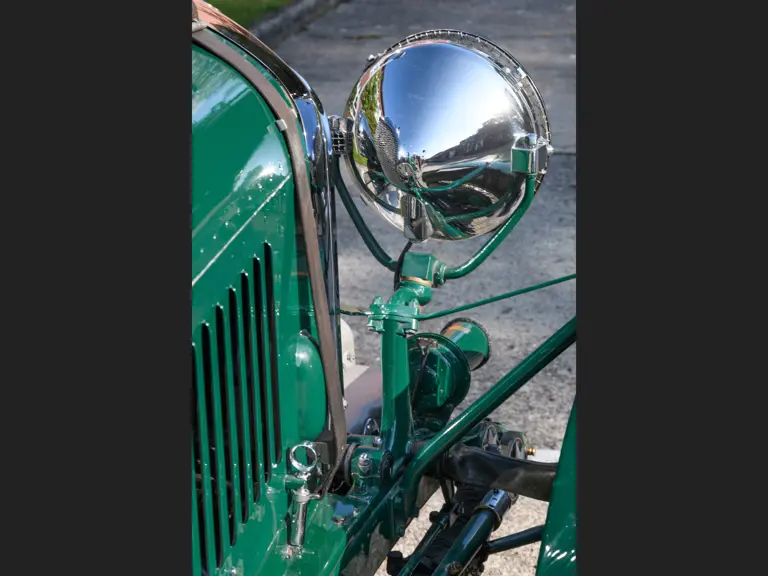

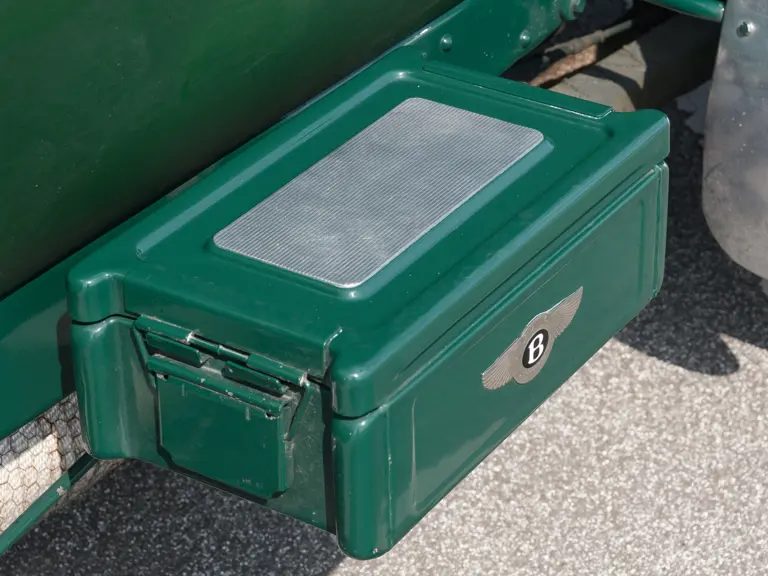

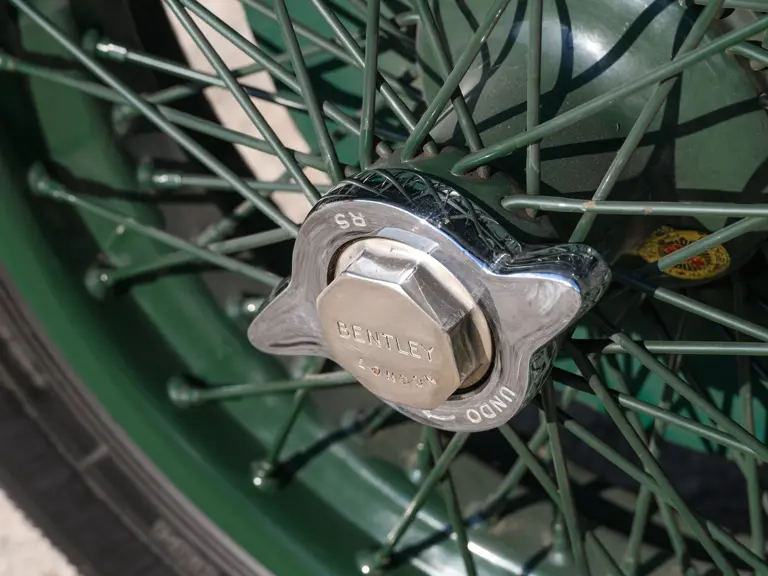
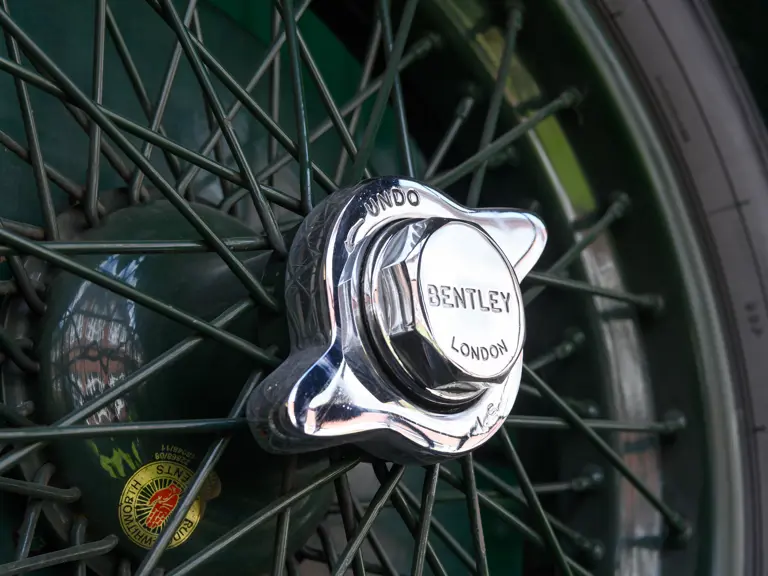

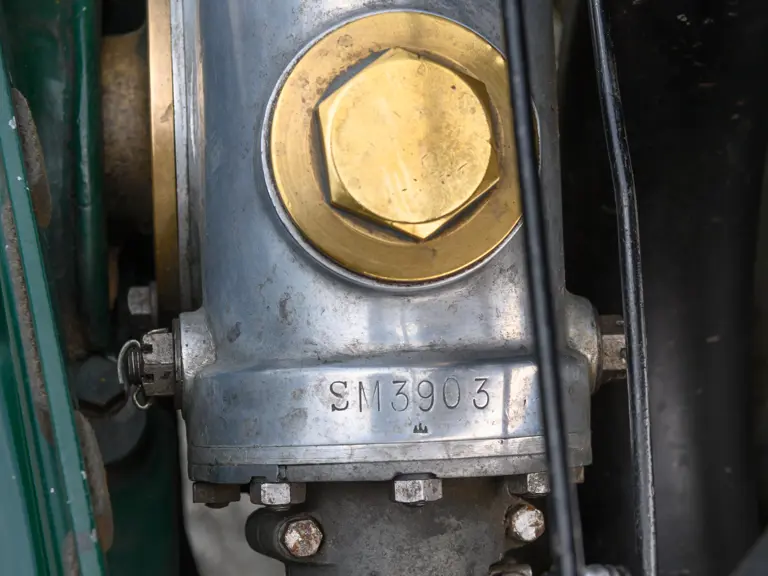
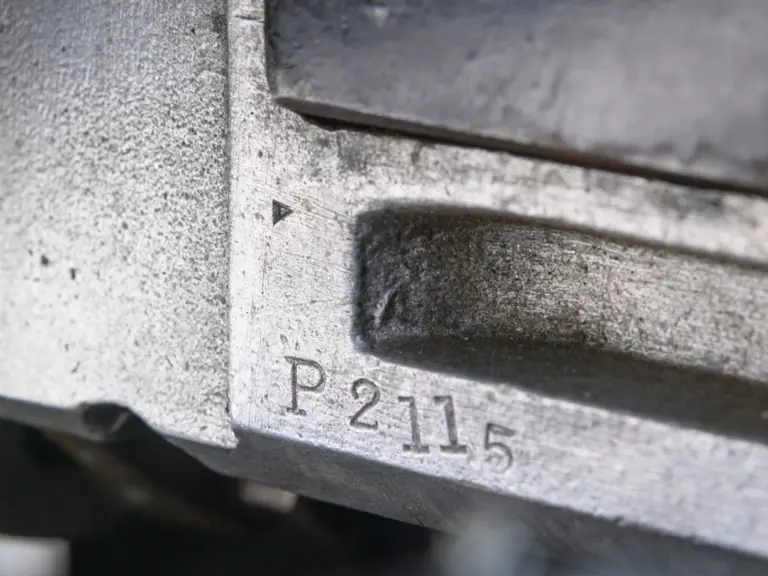
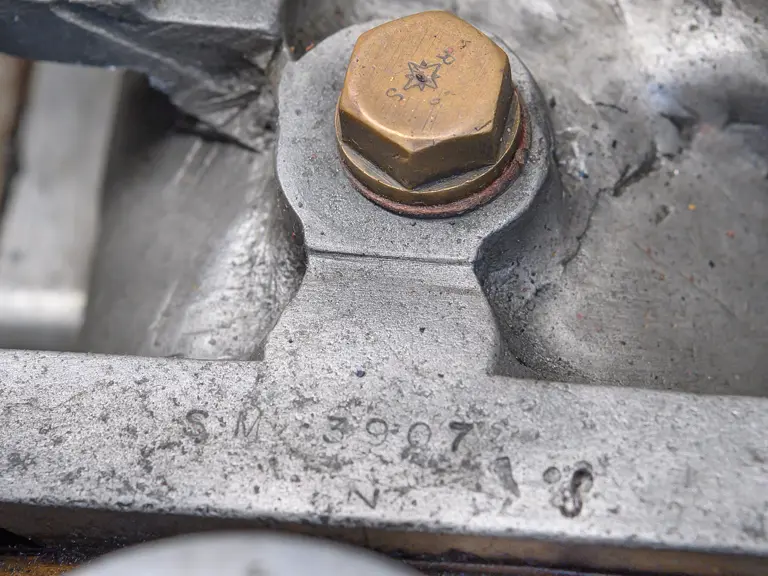

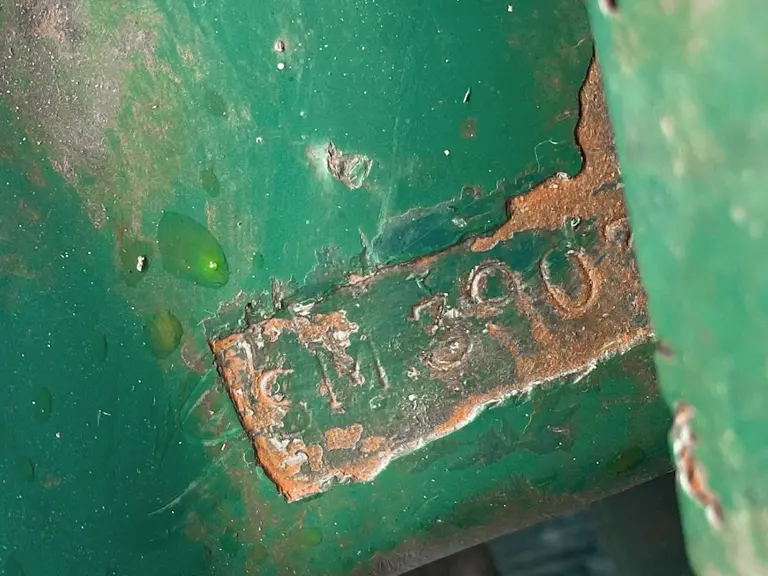
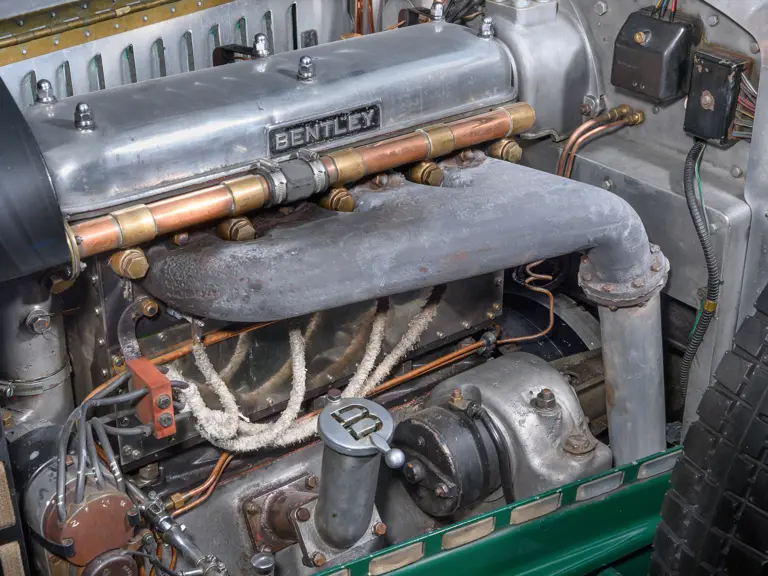
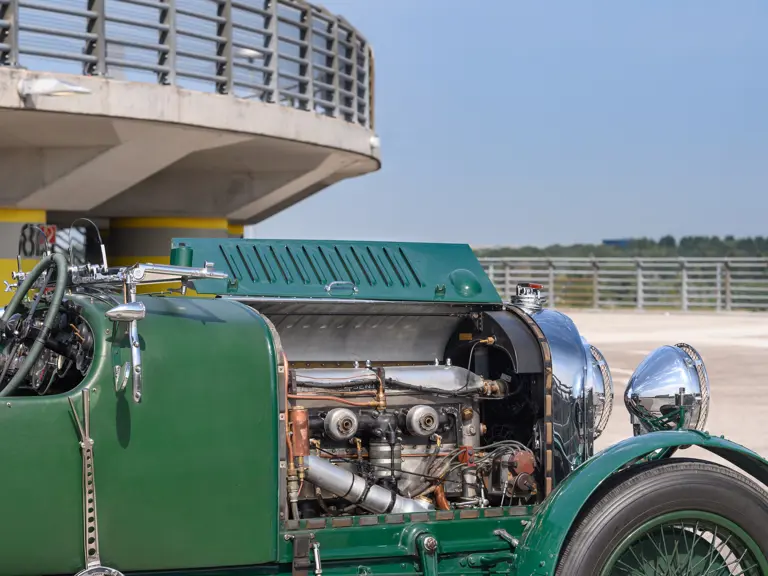
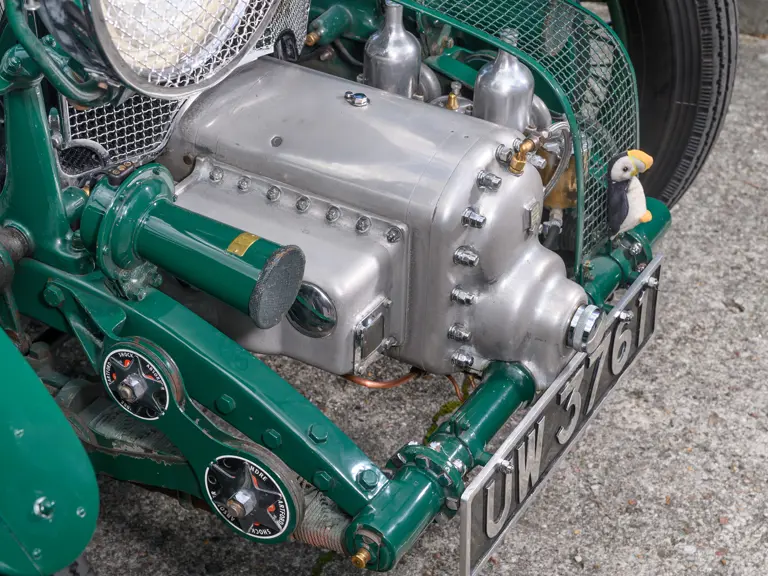


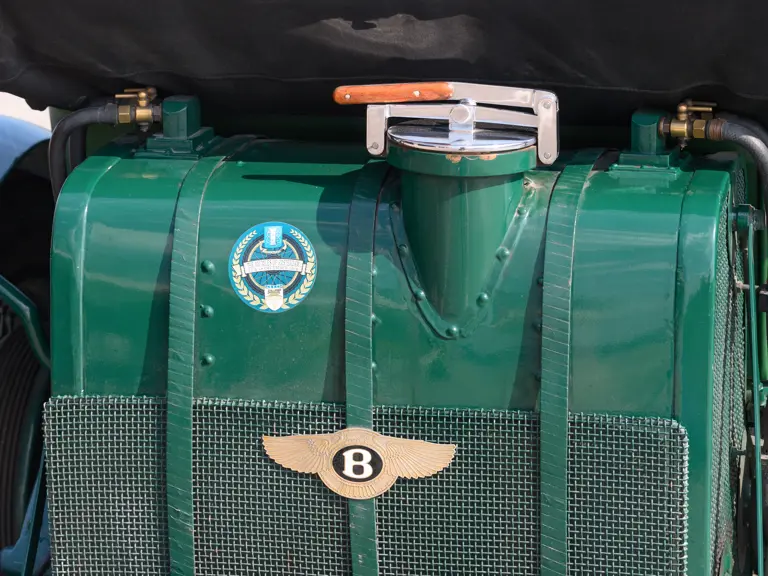
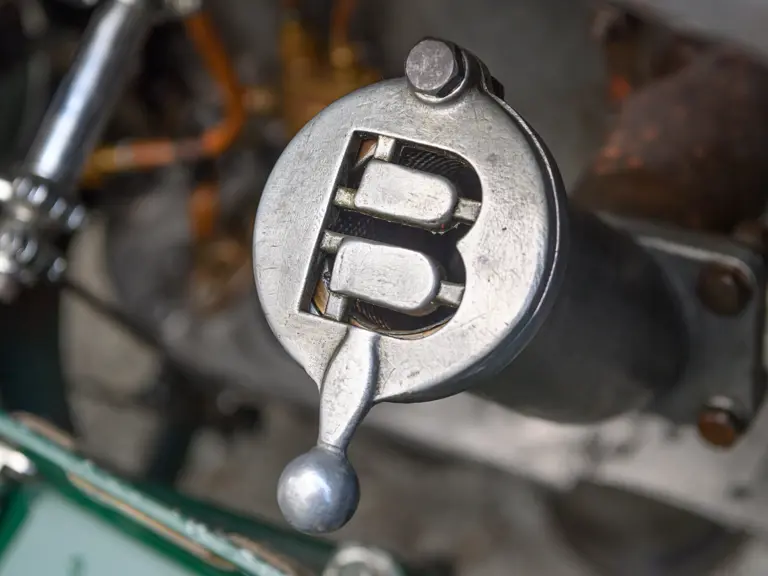
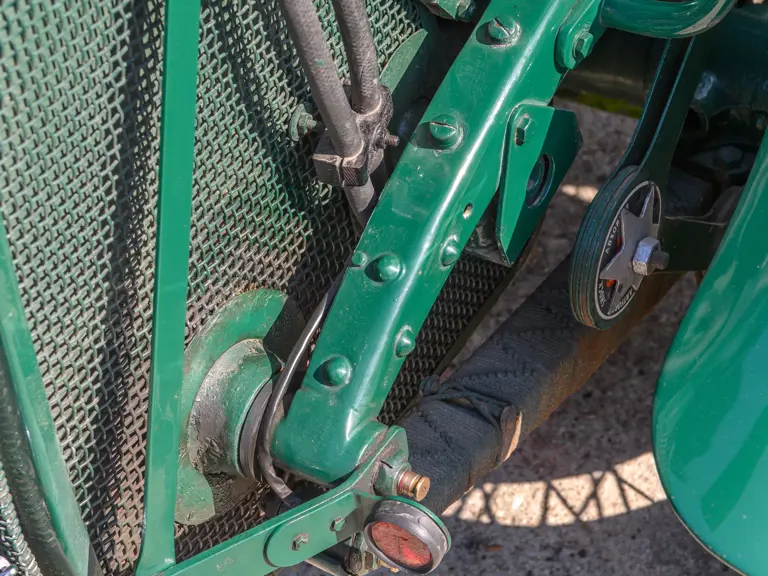

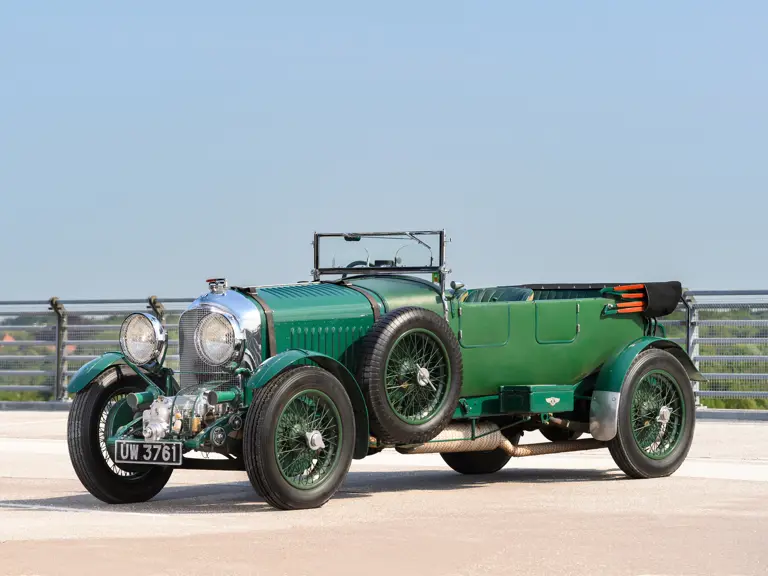

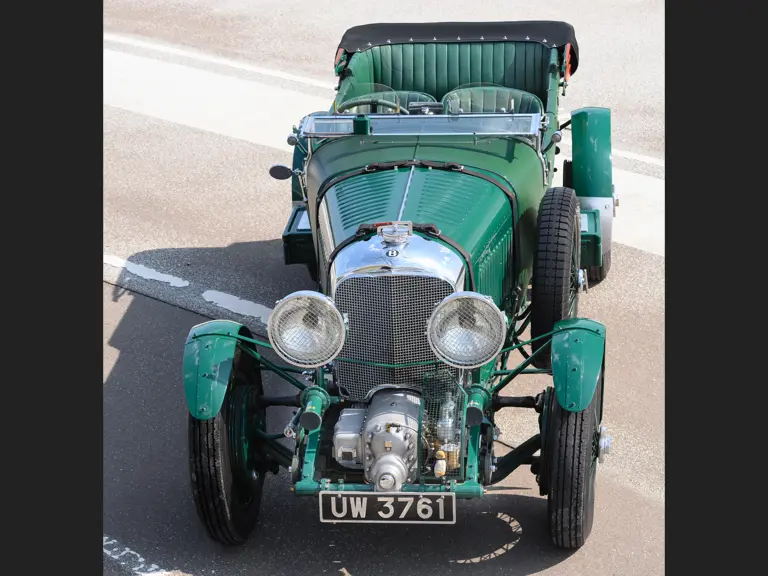
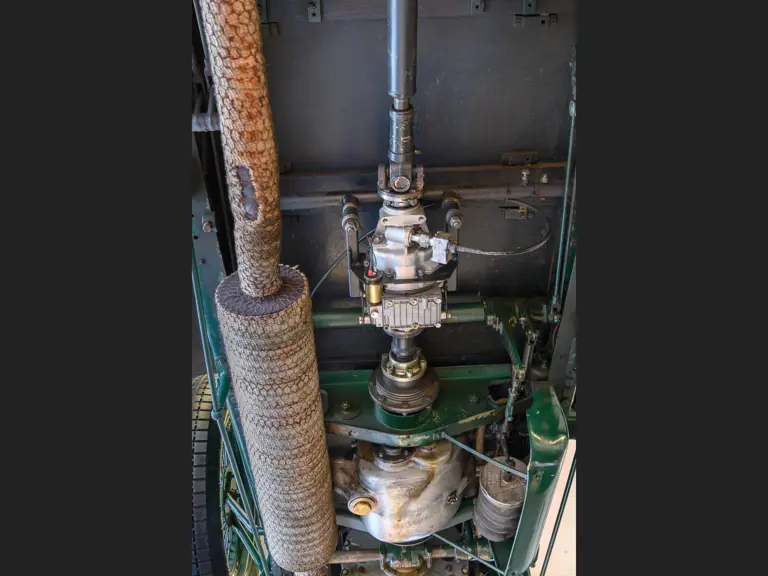


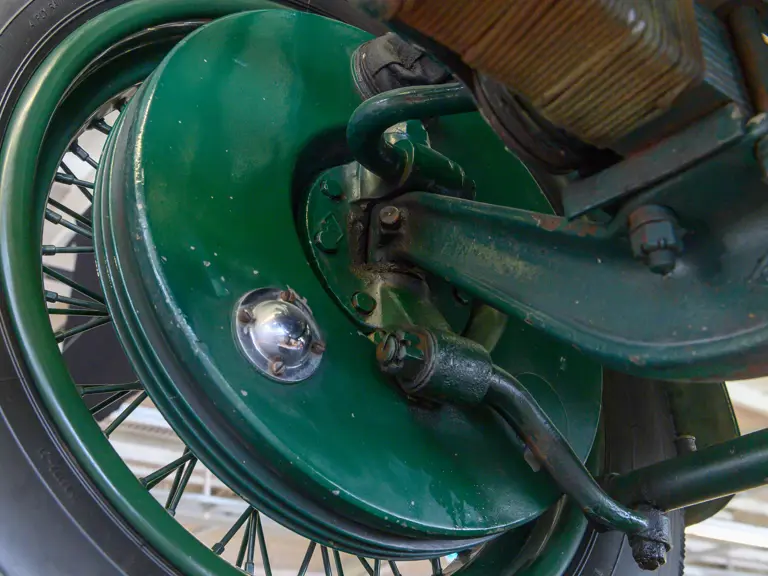
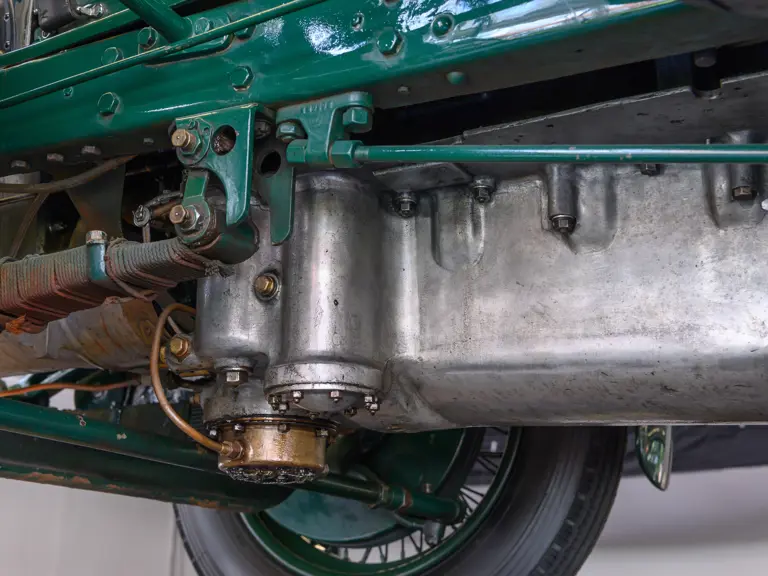
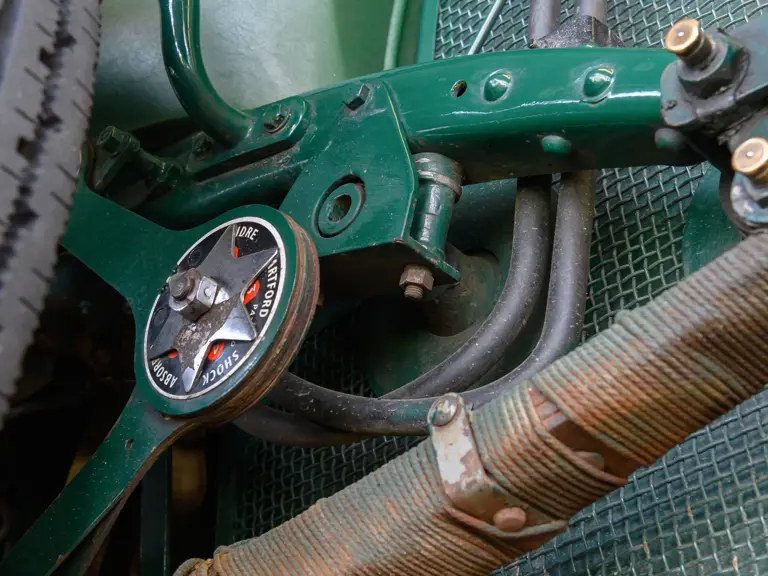
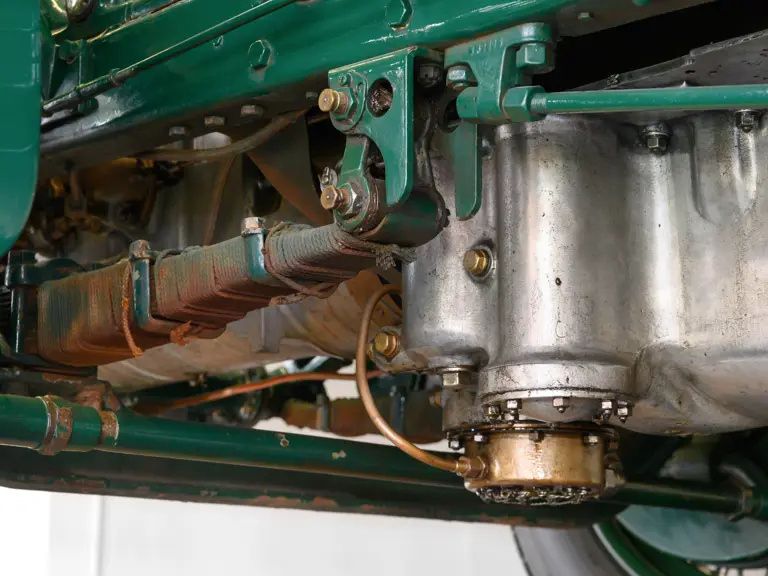
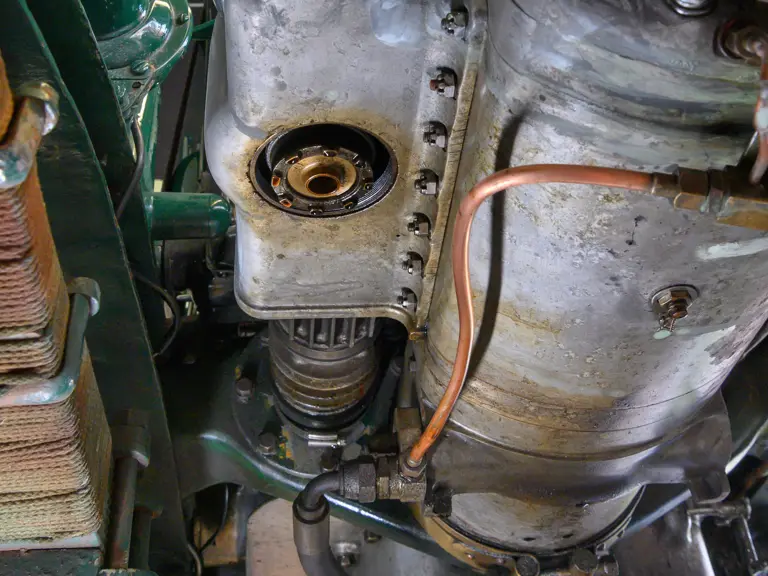
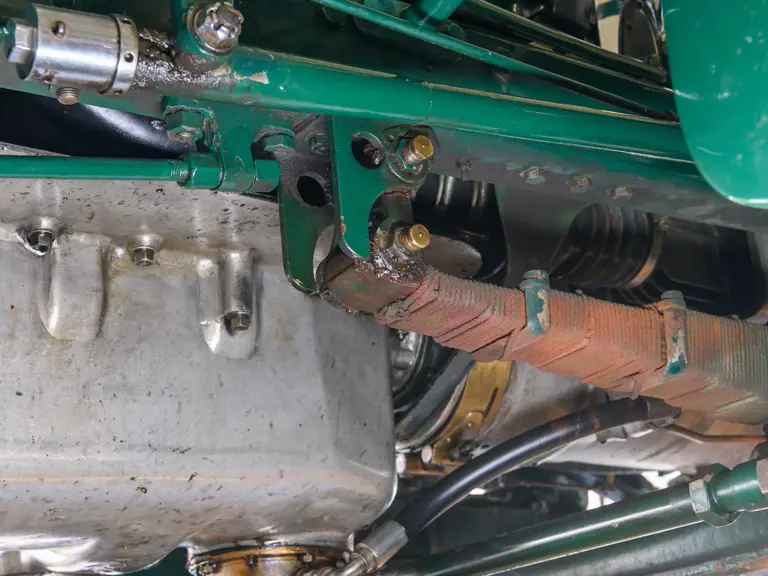

 | London, United Kingdom
| London, United Kingdom
